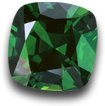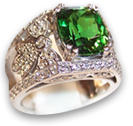Mine to Market
Pocketing
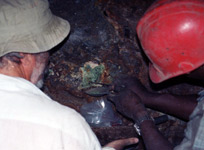
Carefully extracting a pocket
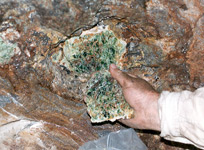
An exceptional Tsavorite pocket
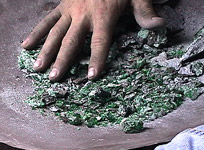
The prize of a fine pocket
Grading and Cutting
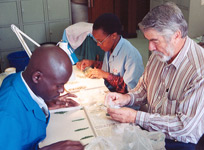
Grading facility at the Nairobi office
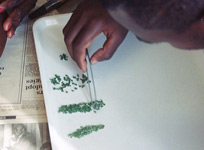
Grading Tsavorite
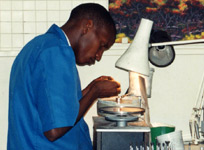
One of our cutters in the Nairobi office
Gemstones
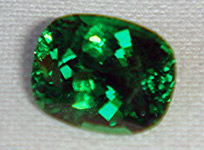
5.37 carat Tsavorite cushion
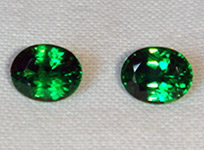
6.76 carat Tsavorite oval pair
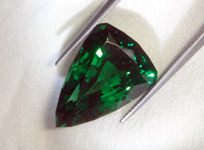
9.71 carat Tsavorite shield
To date Tsavorite has only been produced in gem quality material from rocks of the Mozambique Belt. Although the Mozambique Belt extends from Madagascar in the south northwards through Mozambique, Tanzania, Kenya, Ethiopia, and the Sudan, mines that produce fine gem quality on a regular basis are only found in Kenya and Tanzania. Thus, the most obvious place to locate new deposits that will boost and sustain production would be to investigate the relevant strata of the Mozambique Belt in Kenya and Tanzania and to the south and north of these countries.
When mining we prefer, where feasible, to go underground as soon as possible so as to cause minimum disturbance to the surface environment.
As one progresses underground and manual removal, of waste rock to the surface becomes slow and expensive, it is better to use conveyor belts, winches or tractors to keep the workings clean. In the Number 4 tunnel, we use small four wheel drive Kubota tractors and trailers. We also blow air underground through 38 cm diameter tubes to cool the tunnel and to clear blasting fumes quickly.
In situ, Tsavorite occurs in pockets that may consist of one small or large crystal but more usually the pocket consists of a number of crystals that have been squeezed together to form nodules by the enormous pressures accompanied by high temperatures that were necessary for their formation. Nearly always the material of the crystal or pocket is cracked and flawed especially if the chrome content is high. When chrome/vanadium oxides are low and/or the principal colouring element is iron oxide, larger material can be encountered although the colour is usually lighter than optimum and should be classified as a pastel green grossularite rather than Tsavorite.
It is exciting and hopefully profitable to encounter a good pocket. Mined production is washed and bagged on site. From here the material is taken to our Nairobi office where it is tumbled to further wash and break-up any aggregates. The next step involves cobbing, which separates facet grade from cabouchon and waste material. The following process entails grading the gem material whereby the goods are sorted into colour and clarity grades. Finally, the rough pieces are cut, cabouchoned or sold in the rough. We pride ourselves on our cutting as we were taught in the early days by the master cutters of Idar-Oberstein, Germany. Hence, everything from the mining to the finished product is kept ‘in house’.
